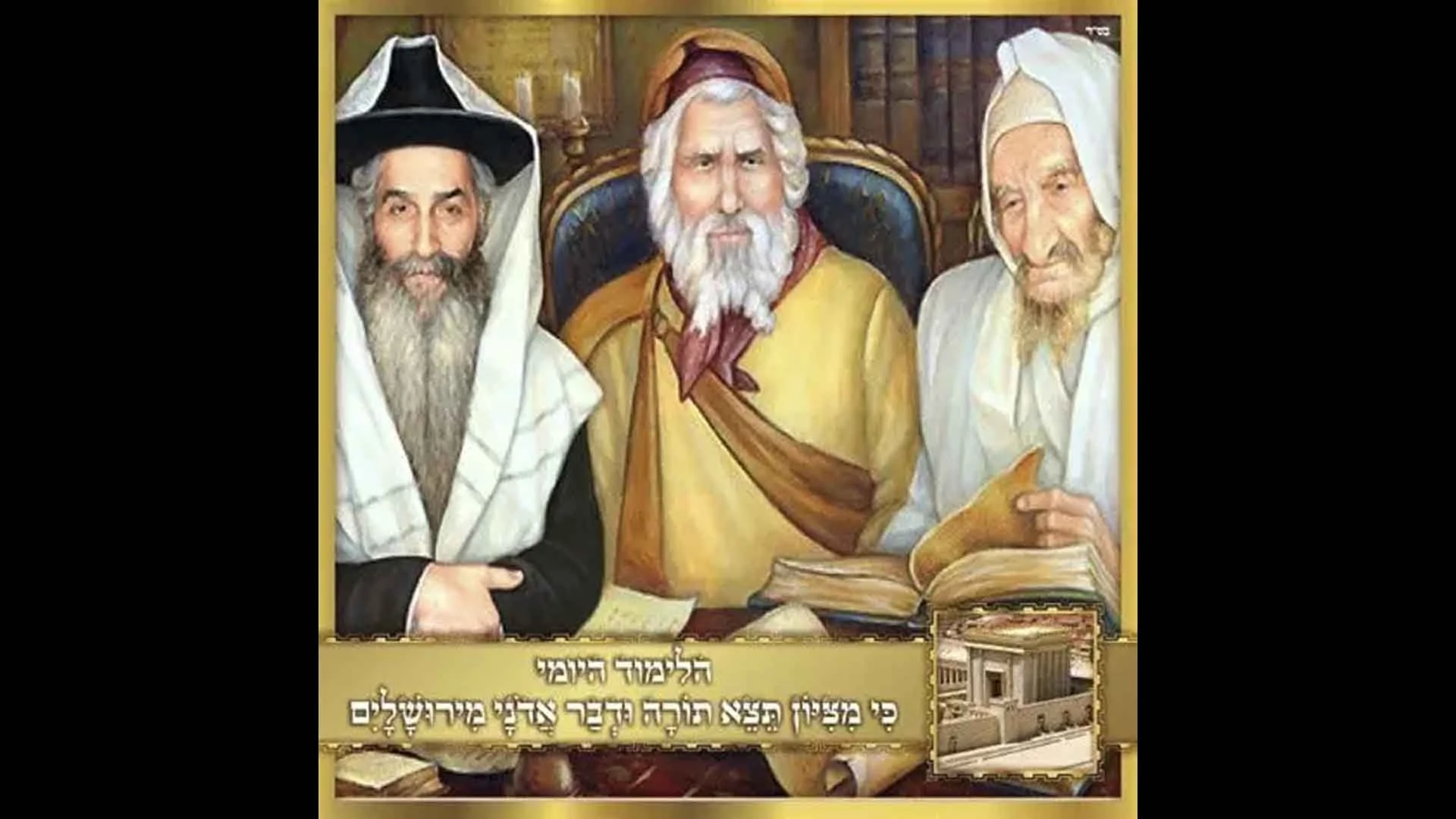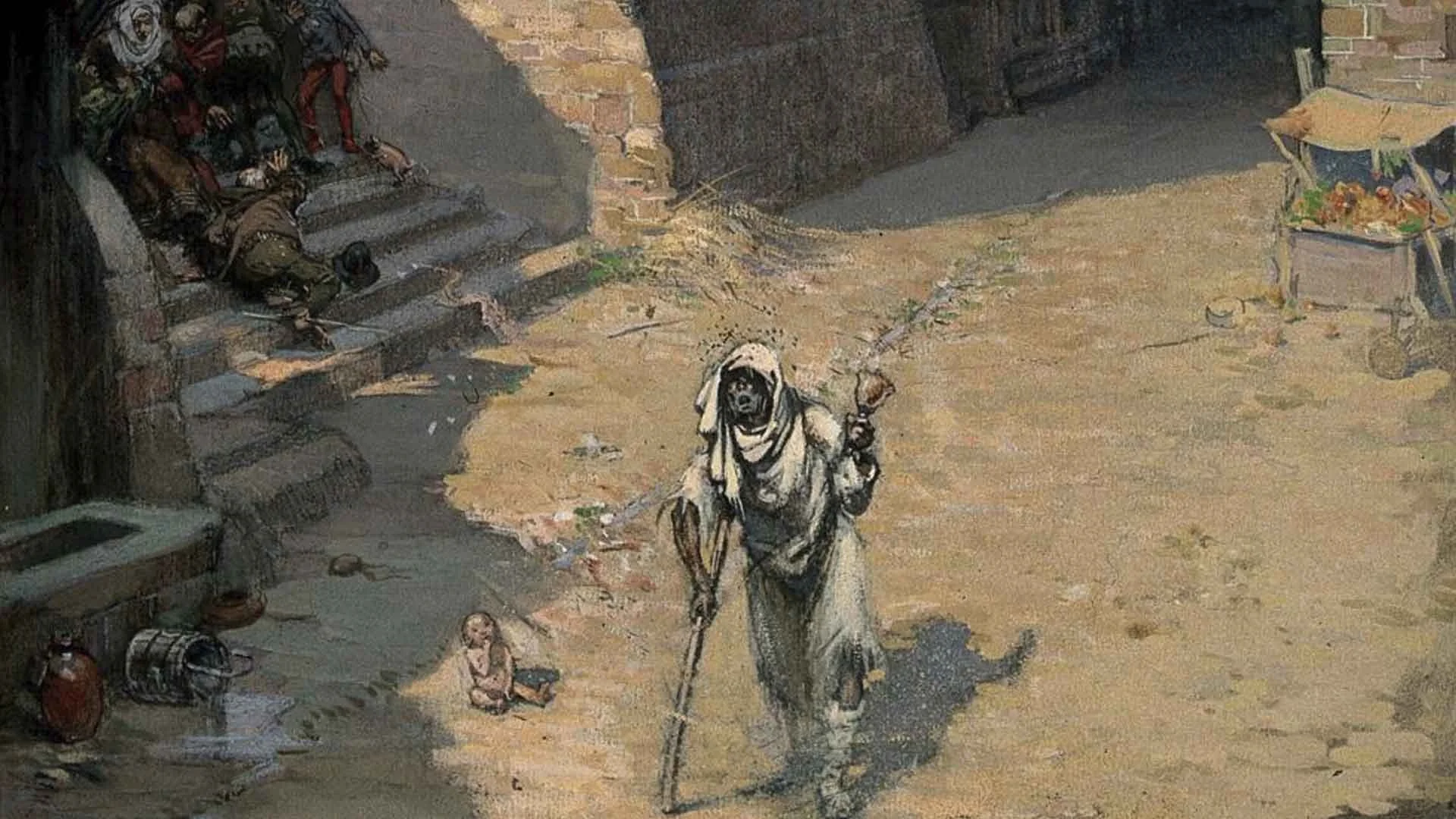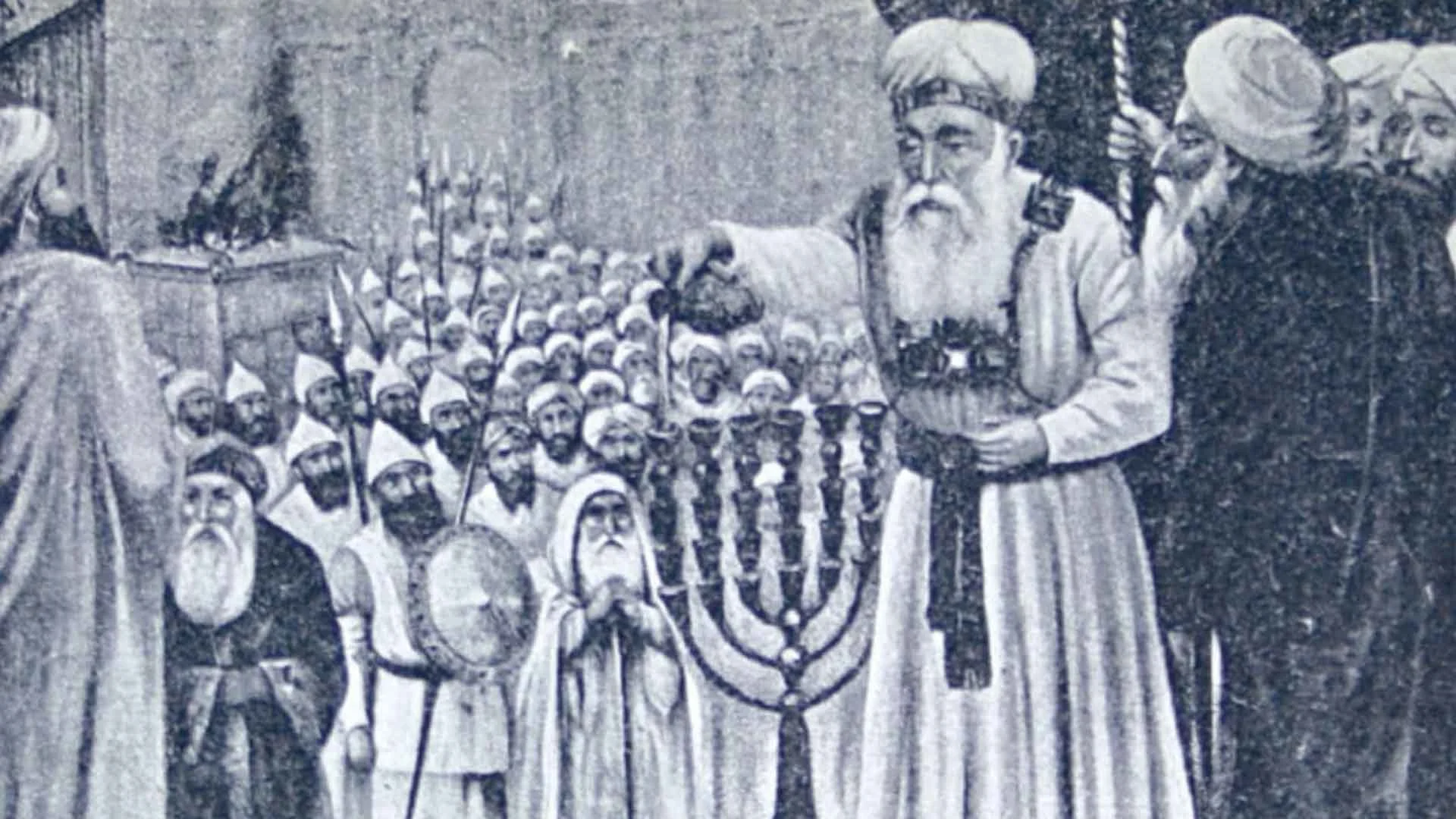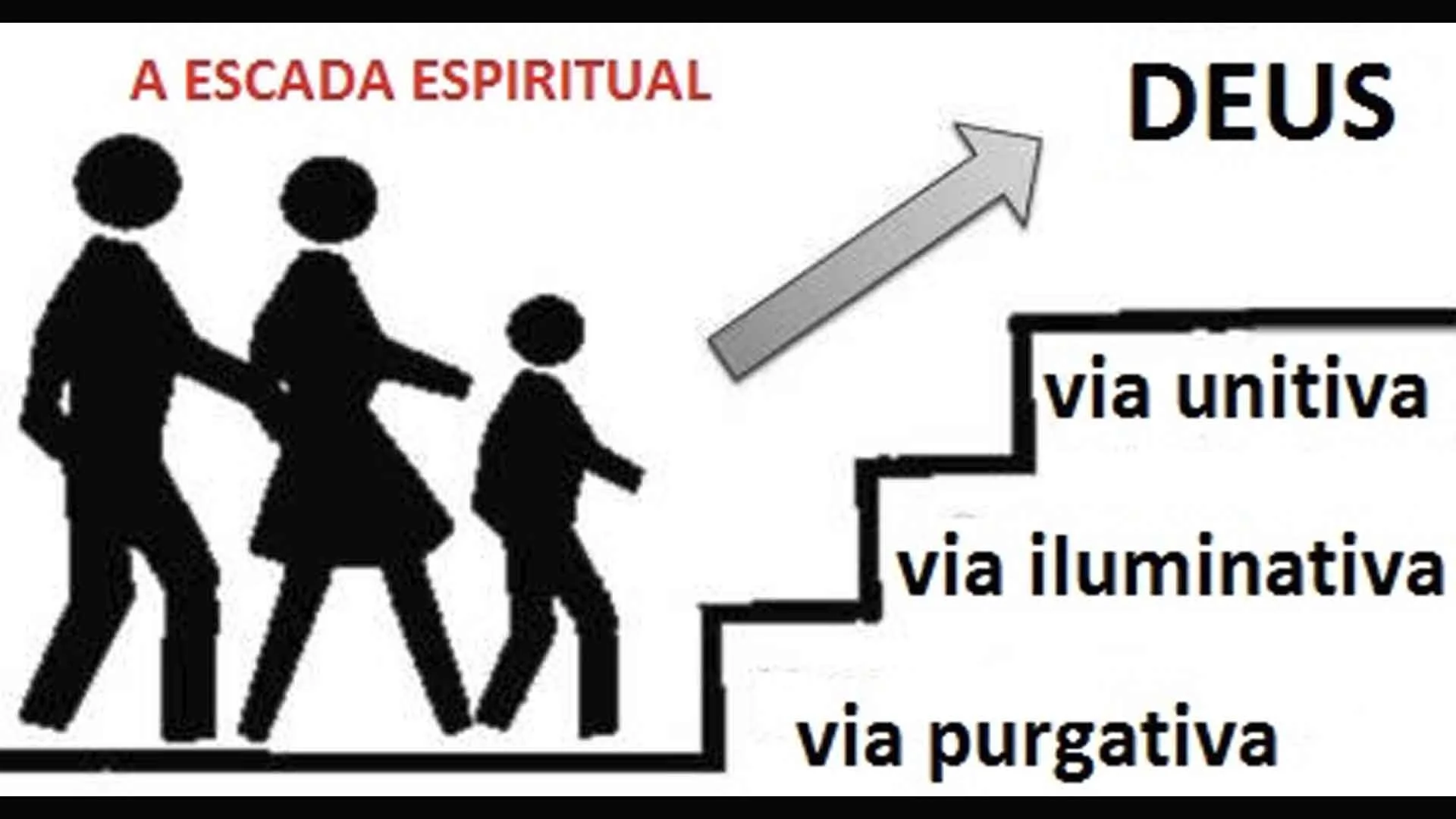For the source text click/tap here: Zevachim 113
To download, click/tap here: PDF
The Gemara on our daf asks what is special about the place that was set aside for preparing the para aduma. Although the Mishna in Massekhet Para (4:2) teaches that there is a specific place that it should be prepared, the Torah makes no mention of such a requirement. Reish Lakish taught that this was a special place that had been certified as containing nothing that might ritually defile the para aduma. Rabbi Yoḥanan objects to this teaching, arguing that all the land of Israel has been checked and found to be pure of such defilement.
The Gemara explains this disagreement as being based on how these Sages viewed the destruction of the Flood.
According to Rabbi Yoḥanan, the land of Israel was not affected by the flood, so there is no fear that there are bones buried in unmarked and unknown graves. Reish Lakish believes that the Flood reached the land of Israel, as well, so only places that had been scrupulously checked could be certified as pure.




















